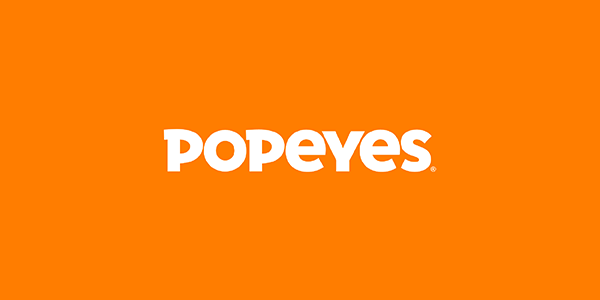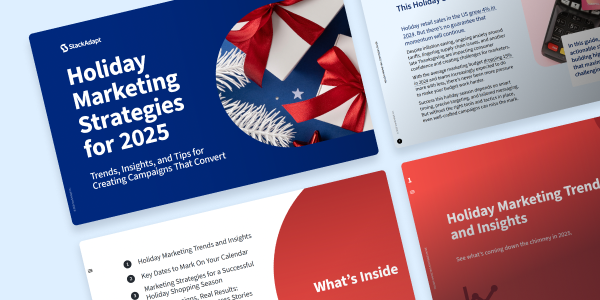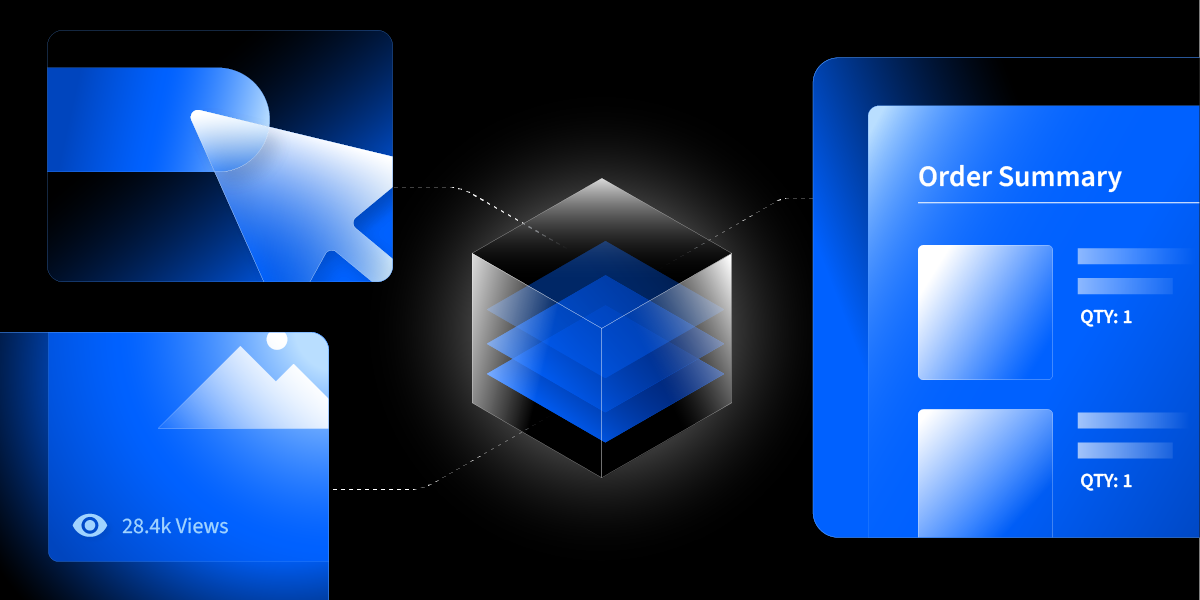The Role of AI in Programmatic Advertising Real-Time Bidding

Programmatic advertising is redefining how brands compete for attention. For senior marketers, the question is no longer whether to invest in programmatic, but how to make it a smarter, more strategic part of the media mix.
With media dollars under pressure and customer journeys growing more fragmented, efficiency in programmatic advertising real-time bidding (RTB) has become a priority at the executive level. Precision bidding now drives revenue growth, brand visibility, and competitive advantage, not just campaign performance.
So, what is real-time bidding in programmatic advertising? RTB is the automated process through which ad impressions are bought and sold in real time. Each time a user visits a website or opens an app, an instantaneous auction occurs. Advertisers place bids to show their ad to that individual user, and the highest bid wins. This all happens in the time it takes a page to load—usually within one-tenth of a second.
Automated programmatic channels are expected to account for 89.3% of global display ad spend this year, with 96.8% of new ad dollars flowing into these channels. At the center of this evolution is artificial intelligence.
Analyzing millions of data points in real time, AI turns programmatic bidding from a reactive process into a predictive one. This allows brands to identify high-value opportunities, make more efficient use of their budgets, and improve overall campaign effectiveness.
Programmatic Advertising Real Time Bidding: A Strategic Opportunity
Real-time bidding sits at the heart of programmatic advertising, influencing not just who sees an ad, but how effectively every media dollar is spent. Each auction is a chance to connect with the right audience, but without intelligent bidding, those moments can slip away, taking potential conversions and revenue with them.
Inefficient bidding leads to wasted impressions, inflated costs, and inconsistent performance across channels, which can quietly erode the impact of even the most well-funded campaigns.
For marketing leaders, this presents both a challenge and an opportunity. The pace and complexity of real-time auctions make it nearly impossible for human teams to optimize bids at scale.
This is where AI steps in. Through smarter data interpretation and faster decision-making, AI helps brands move from reacting to auctions to strategically managing them. For leaders, this means more defensible marketing budgets, better forecast accuracy, and scalable performance without increasing headcount.
Why AI is a Game Changer in Programmatic Bidding
Programmatic advertising moves far faster than any human team can manage alone. Every impression, user signal, and inventory shift adds a layer of complexity. AI brings structure to this chaos, turning high-volume data into actionable insights that improve outcomes across the board.
At the core of AI’s value is its ability to focus on what matters most: results. Rather than treating all impressions equally, AI predicts which ones are most likely to drive meaningful actions, whether that’s a purchase, a sign-up, or long-term customer engagement. This outcome-focused approach ensures that bids are placed where they’re most likely to deliver business value.
AI also introduces a level of agility that manual processes can’t replicate. It reacts instantly to changes in user behaviour, fluctuating auction prices, and shifting inventory conditions, adjusting bids in real time to maintain performance.
Some of the key advantages of AI are:
- Outcome-focused optimization: Predicts and prioritizes high-value impressions based on the likelihood of conversion or business impact.
- Real-time responsiveness: Adjusts bids on the fly as user behaviour, inventory, or competition shifts.
- Smarter budget allocation: Redirects spend automatically to the audiences, formats, or channels performing best.
- Scalability and speed: Makes split-second decisions across thousands of auctions simultaneously—something manual teams simply can’t match.
For marketers responsible for performance and profit, AI brings tangible financial advantages. It reduces wasted ad spend, improves marginal ROAS, and supports more efficient customer acquisition costs. These improvements compound over time, helping teams meet performance targets with leaner budgets and higher confidence.
How AI Transforms Programmatic Advertising Real-Time Bidding Outcomes
In programmatic auctions, success depends on placing the right bid at the right time, striking a balance between competitiveness and cost efficiency. AI supports this process by evaluating millions of variables in real time, helping advertisers make decisions that lead to stronger performance and smarter use of budget.
Here’s where you can see the impact:
- More efficient spending: AI models assess historical and real-time auction data to estimate the clearing price of each impression. This allows advertisers to stay competitive without overpaying, leading to better margin control and media efficiency.
- Stronger customer targeting: Bids are shaped by behavioural, contextual, and environmental signals—everything from browsing history and device type to location and time of day. This enables campaigns to focus spend on audiences with a higher likelihood of converting.
- Unified channel strategy: AI manages bids across display, video, connected TV, audio, digital out-of-home, and other channels in a cohesive framework. This gives marketers a centralized view of performance and allows spend to shift dynamically toward the formats delivering the greatest impact.
Google reports that AI-powered bidding strategies can reduce cost-per-acquisition by up to 30%. With AI-powered bidding, brands gain tighter control over media economics. Smarter bidding leads to better unit economics—lower cost-per-acquisition, higher value per impression, and more stable performance across the campaign lifecycle. For CMOs and media budget owners, this means more predictable ROI, stronger campaign margins, and faster feedback loops that improve forecasting and attribution.
Future-Proofing Your Bidding Strategy in a Post-Cookie Era
The move towards cookieless solutions is reshaping how brands approach audience targeting and bid strategy. As traditional signals disappear, AI offers a sustainable path forward, helping advertisers maintain performance while aligning with evolving privacy expectations.
One of the most important shifts involves contextual, privacy-safe targeting. AI can evaluate the content, tone, and relevance of a webpage to match ads with user intent, without relying on personal identifiers. This allows for meaningful engagement while respecting user privacy.
AI also supports the expansion of 1st-party data strategies. When CRM data, website behaviour, and app interactions are fed into machine learning models, brands gain a more complete picture of their audience. These insights help drive more relevant bidding decisions and uncover new opportunities for reach and conversion.
In addition, AI integrates with identity solutions and adjusts to new privacy standards, helping advertisers remain compliant across regions and platforms. It can respond dynamically to changes in consent signals, audience availability, and attribution models.
Brands that approach data use responsibly and combine it with an AI-driven strategy will have a clear advantage. This balance of privacy and performance is becoming the new standard for programmatic success.
Building a Future-Ready Programmatic Team
As AI becomes a core component of programmatic advertising, marketing teams need more than just technical upgrades—they need a mindset shift. Success depends on building teams that understand how to work with AI, not around it. This requires a focus on upskilling and cross-functional collaboration, where data analysts, media planners, and creatives speak a shared performance language.
Training teams to interpret AI insights and apply them to real-world campaigns can unlock stronger results. Rather than replacing human judgment, AI augments it, giving marketers faster, deeper visibility into what’s working and where to adjust. Strategic thinking and creative direction remain essential, but AI helps those efforts scale with speed and precision.
Choosing the right partners is another key step. Demand-side platforms and data providers should offer more than automation—they should provide transparency, adaptability, and proven results. Unlike platforms that layer AI as a 3rd-party add-on, StackAdapt’s machine learning is deeply embedded—an always-on engine optimizing bids in real time based on your goals, creatives, and live campaign performance.
Finally, internal feedback loops are essential. AI models improve when they’re aligned with actual campaign outcomes and business goals. Feeding real performance data—conversions, customer value, engagement quality—back into the system helps refine future bidding strategies and audience insights.
Equipping your team to harness AI is not about replacing human expertise; it’s about multiplying its reach, improving efficiency, and accelerating the path from idea to impact.
Leading the Next Era of Programmatic Advertising
AI is reshaping programmatic advertising real-time bidding into a smarter, faster, and more strategic engine for growth. From improving bidding precision to future-proofing against privacy shifts, the brands that move early will be the ones setting the pace, not catching up. Now is the time to invest in the systems and thinking that will define the next generation of media leadership.
To see how an AI-powered platform can support your goals, explore what StackAdapt has to offer and start building a more intelligent programmatic strategy today.








